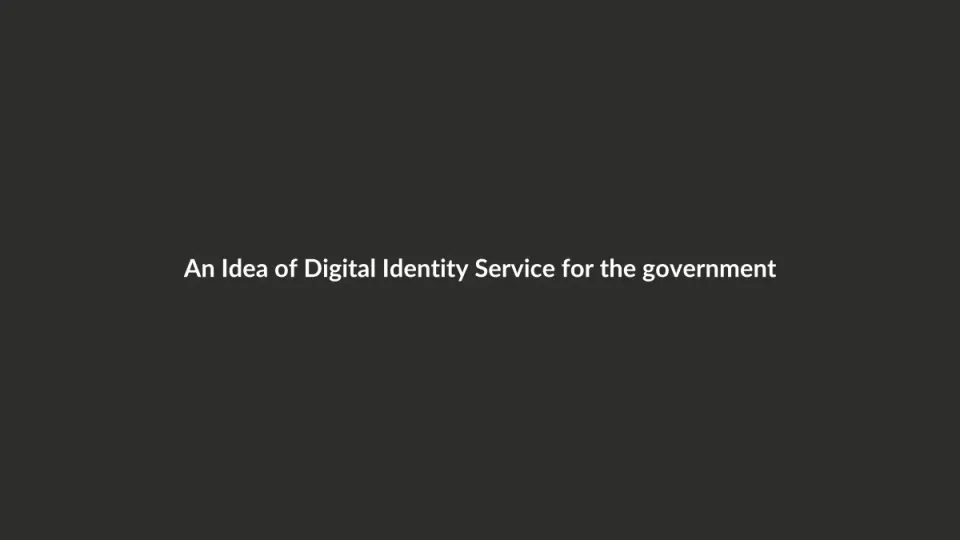An Idea of Digital Identity Service for the government

An Idea of Digital Identity Service for the government
Introduction
Digital identity is a key component of the digital economy. It is essential for accessing online services, participating in the digital economy, and protecting personal information. However, the current system of digital identity is fragmented, insecure, and inefficient. In this article, we propose an idea of a digital identity service for the government that aims to solve these problems.
Challenges
The current system of digital identity is fragmented, insecure, and inefficient. There are several challenges that need to be addressed in order to create a digital identity service for the government:
-
Fragmentation: There are multiple digital identity systems in place, each with its own set of standards and protocols. This makes it difficult for users to manage their digital identities and for service providers to verify them.
-
Security: The current system of digital identity is vulnerable to fraud and identity theft. Users are often required to provide sensitive personal information to access online services, which can be compromised by hackers.
-
Efficiency: The current system of digital identity is slow and cumbersome. Users are often required to create and manage multiple accounts for different services, which can be time-consuming and frustrating.
Solution
To address these challenges, we propose an idea of a digital identity service for the government that aims to provide a secure, efficient, and user-friendly solution for managing digital identities. The service would be based on the following principles:
-
Interoperability: The service would be designed to work with existing digital identity systems, allowing users to manage their digital identities across multiple platforms and services.
-
Security: The service would use advanced encryption and authentication technologies to protect users’ personal information and prevent fraud and identity theft.
-
Efficiency: The service would streamline the process of creating and managing digital identities, making it easier for users to access online services and participate in the digital economy.
Conclusion
Digital identity is a key component of the digital economy, but the current system is fragmented, insecure, and inefficient. By creating a digital identity service for the government that addresses these challenges, we can provide a secure, efficient, and user-friendly solution for managing digital identities. This will help to protect users’ personal information, prevent fraud and identity theft, and promote the growth of the digital economy.
Copyright
Without permission, you may not reproduce, distribute, modify, or republish the content.
If you have any questions or feedback, feel free to reach out to me on Github or Email Me.
